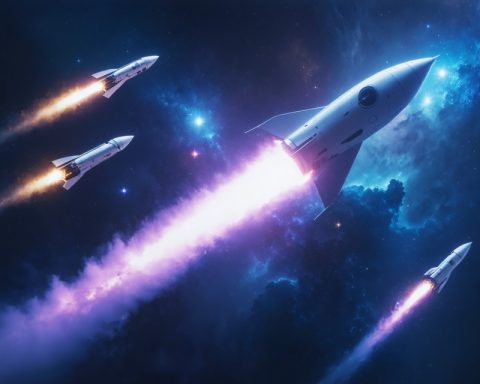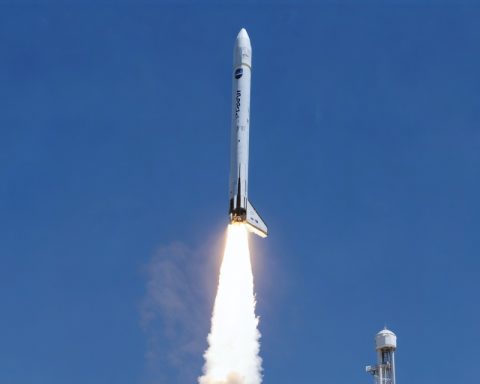
The Remarkable Revival of France’s Mirage 2000D: Overhauled, Enhanced, and Ready for New Battles
The Mirage 2000D RMV officially enters operational service, marking a pivotal upgrade for the French Air and Space Force. This modernization initiative transforms 50





















